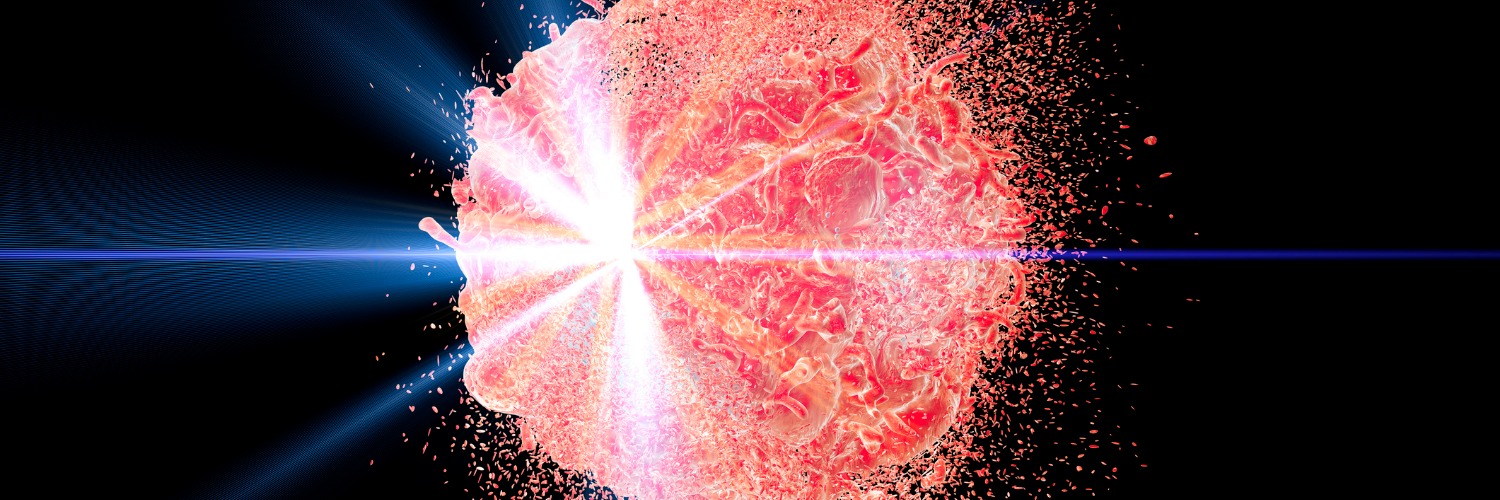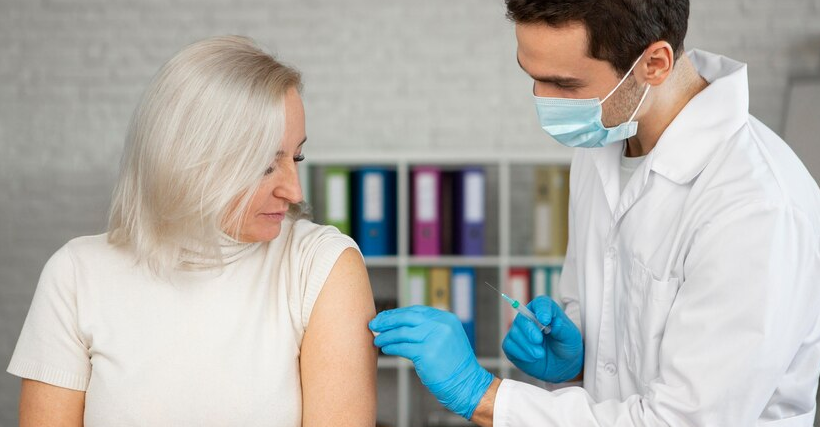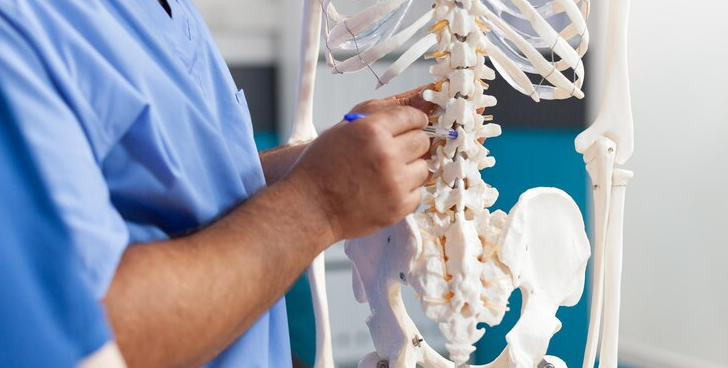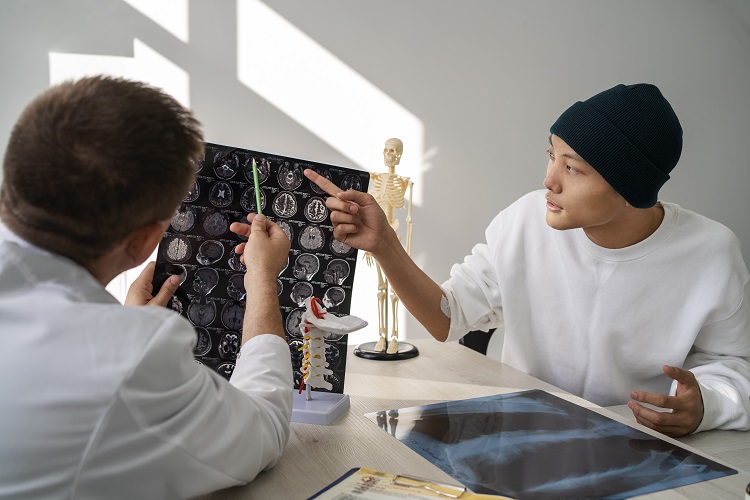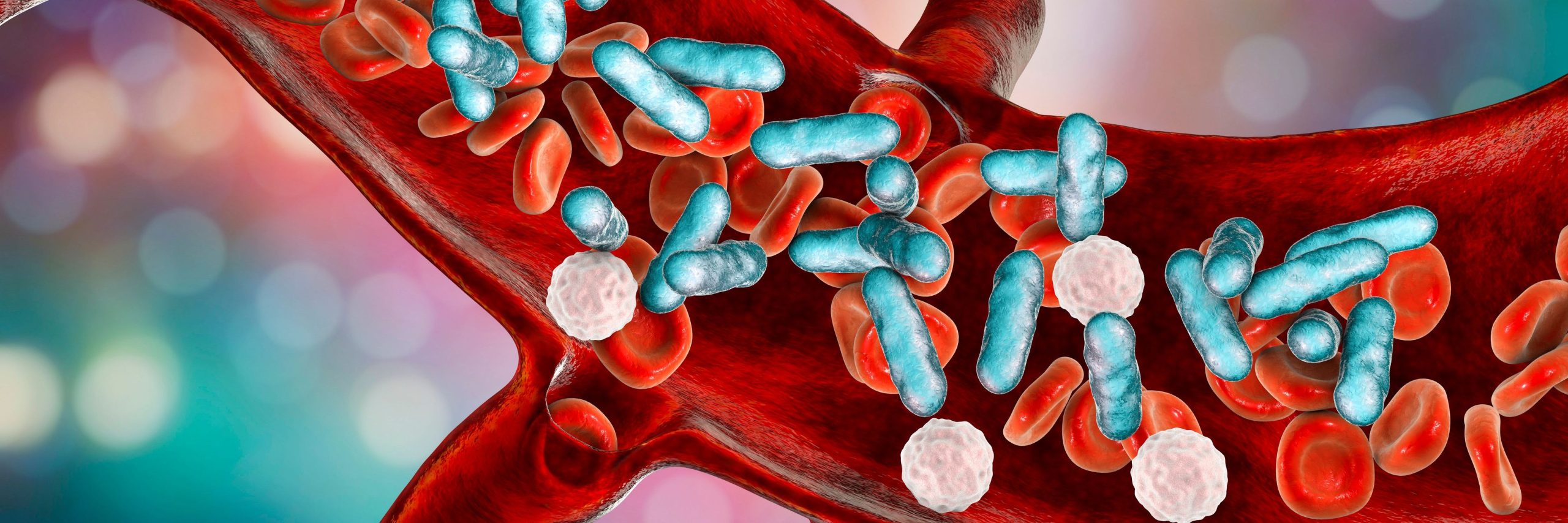The following is a summary of the “Performance of lipid fingerprint by routine matrix-assisted laser desorption/ionization time of flight for the diagnosis of Mycobacterium tuberculosis complex species,” published in the March 2023 issue of Clinical Microbiology and Infections Disease by Gonzalo, et al.
For effective treatment, infection control, and public health management, rapid detection of bacterial pathogens at the species and sub-species levels is essential. Differentiating between mycobacterial sub-species within the M. tuberculosis complex (MTBC) is currently one of the major challenges in clinical microbiology. Their mission was to test a biosafe mycobacterial lipid-based method for distinguishing MTBC culture types and sub-species.
Around 90 mycobacterial clinical isolate strains were used in a blinded study, with the MTBC strains being sub-cultured in Middlebrook 7H11 medium supplemented with 10% oleic-acid, dextrose, catalase growth supplement and incubated for up to 6 weeks at 37°C, with the seven reference strains (M. tuberculosis H37Rv, M canettii, M. africanum, M. pinnipedii, M. caprae, M. bovis, and M. bovis BCG) grown under the right conditions to set the reference lipid test and database against the 90 MTBC clinical isolates. Heat-inactivated mycobacteria cultures were then loaded onto the matrix-assisted laser desorption/ionization target. Positive ion mode data acquisition was carried out.
Their method was quick (10 minutes), based on the identification of distinct lipid signatures from the seven reference strains, and yielded interpretable profiles for all but 4 isolates due to poor ionization, for a total of n = 86 with interpretable spectra. Matrix-assisted laser desorption/ionization-time of flight had a sensitivity of 94.4 (95% CI, 86.4-98.5) and a specificity of 94.4 (95% CI, 72.7-99.9). Rapid, noninvasive, and precise discrimination of MTBC species is possible through mycobacterial lipid profiling.
Source: sciencedirect.com/science/article/pii/S1198743X22005316


